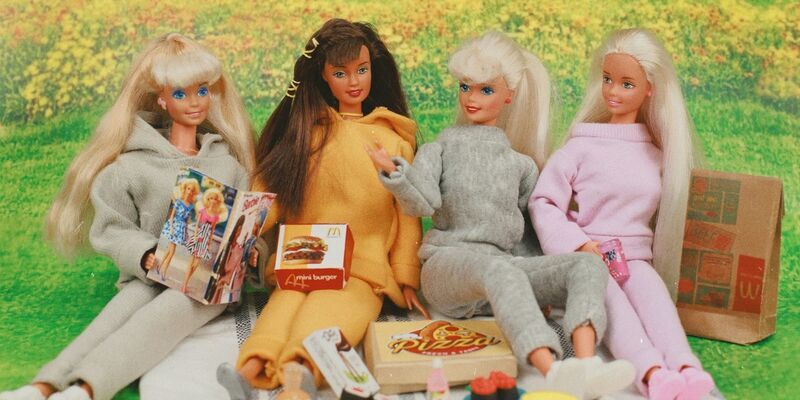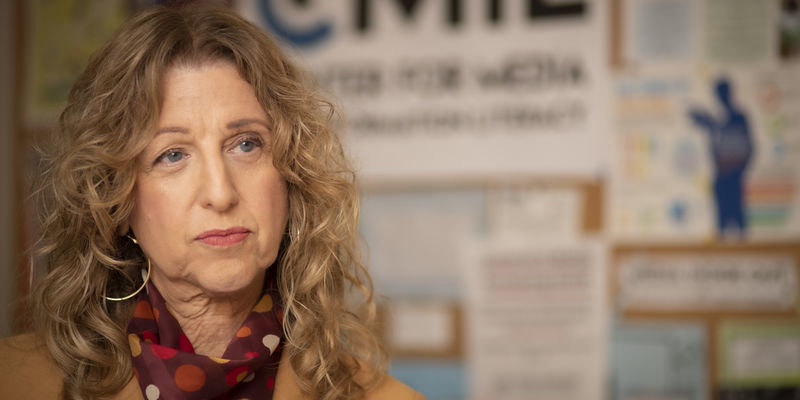Temple children’s media expert reflects on the revival of ‘Reading Rainbow’
Sherri Hope Culver, professor of instruction at Klein and a foremost academic expert on children’s media, explains the appeal and importance of the series.

Young readers are reminded they can go anywhere and be anything with the return of Reading Rainbow. The revived educational children’s TV series premiered in October as a digital series on Kidzuko, a kids-focused YouTube channel operated by Sony Pictures Television, as well as the Reading Rainbow website.
Mychal Threets—a librarian who went viral for his interactions at the library and open dialogue about mental health—hosts the reboot, which features new books and projects with celebrity guest stars like Ebon Moss-Bachrach from The Bear and The Fantastic Four: First Steps and professional dancers Rylee Arnold and Ezra Sosa from Dancing with the Stars. Additionally, Gabrielle Union, John Legend, Chrissy Teigen, Adam DeVine and others narrate stories.
Ultimately, the new series builds on the mission of the original: promoting reading and literacy for children.
Previously hosted by LeVar Burton, Reading Rainbow aired from 1983 to 2006 and became the most watched PBS program in the classroom, according to the series’ website. Over its 26-year run, the show won more than 250 awards such as 26 Emmy Awards and the prestigious George Foster Peabody Award, among others.
Temple Now spoke with one of the foremost academic experts on children’s media Sherri Hope Culver, professor of instruction and director of the Center for Media and Information Literacy at Temple’s Klein College of Media and Communication, about the revival of Reading Rainbow, including the appeal and legacy of the series.
Temple Now: Why do you think Reading Rainbow is being revived now?
Sherri Hope Culver: People who watched the original show are parents now. Nostalgia is a strong pull for what you want your kids to see. If it’s something you loved, you want to share that with your children.
TN: Why was the original Reading Rainbow such a success? What was its cultural and educational impact?
Culver: Sometimes a show just hits a moment in time. LeVar Burton was a tremendous host. He came across as someone smart yet approachable. And he was authentic with kids.
There’s a famous quote: “If you don’t like to read, you haven’t found the right book.” Reading Rainbow taps into finding the right book and the joy you feel when you find the right book. When children have a book they want to read, they will figure out how to read it. Harry Potter is a good example because those books are long and complicated, but kids read them anyway. The enjoyment you get from reading seems to be a strong motivator for learning how to read.
Reading Rainbow is also a childhood touchstone for people in the same way as Sesame Street and Mister Rogers’ Neighborhood. All three were kid-centric. Even though there were adults, the voices of young people were core to the show. That’s special because children love to see themselves, and part of the joy was seeing kids being kids. There’s nothing that replaces a child seeing real kids in the media they watch.
TN: What might new audiences find appealing about the show?
Culver: I would not be surprised if the show tries to maintain what people liked about the original while incorporating a new view of the way the world is today. From what I’ve seen from the trailer, it looks like there’s the same warmth and energy. The new host Mychal Threets speaks to that. And the fact that he’s a real librarian adds authenticity to what he says.
What’s different now is parents have grown up on social media and are reading less. In the best-case scenario, the new Reading Rainbow is popular, it encourages kids to read and their parents start reading too.
TN: What do you make of the new Reading Rainbow becoming a digital series on YouTube rather than airing on PBS?
Culver: The challenge with the new show is are people going to find it? Discoverability is a real challenge in the media today. There’s a lot of choice for viewers. We don’t want kids wandering around on YouTube, whereas parents could let them wander around on PBS. It’s a different environment.
When the original show was on PBS, it was enveloped in the positive feelings people have about education and public broadcasting. That’s not necessarily how people feel about a for-profit company like Sony. Also, Kidzuko shows are primarily entertaining rather than educational, but maybe the channel is thinking of using this as a starting point for other educational programming.
TN: Why is Reading Rainbow an important piece of children's media?
Culver: We know people of all ages are reading less. We’re just starting to understand the impact of that decline. And the growth of AI makes it even less likely that people will write and therefore be less appreciative of what it means to write and create stories. It’d be nice if a show like this tapped into a way to counter this trend and show kids that there’s still enjoyment in sitting down with a good book.


